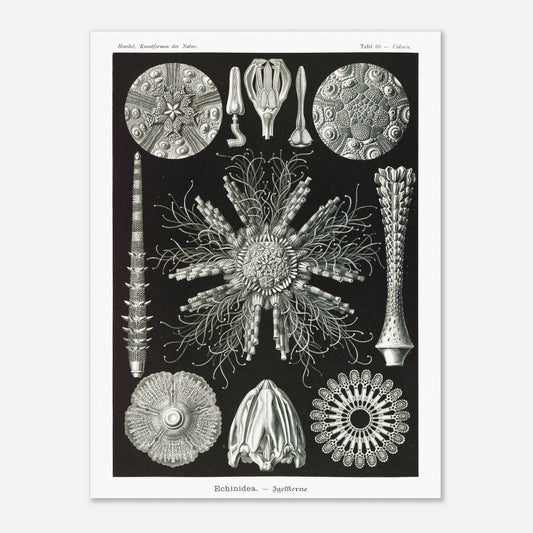Sea urchins - Decorative encyclopedic board - Ernst Haeckel, Kunstformen der Natur
Sea urchins - Decorative encyclopedic board - Ernst Haeckel, Kunstformen der Natur
Couldn't load pickup availability
Reproduction engraving of: Sea urchins
Original title Echinidea - Igelsterne
Cidaris Poster - Starfish of the class of Sea Urchins or Echinoids (Order Cidaroida)
Illustration from the book Kunstformen der Natur, which is a collection of artistic lithographs of natural sciences published by the German biologist Ernst Haeckel between 1899 and 1904.
This naturalistic illustration is part of an overall style inspired by Ernst Haeckel, which greatly influenced the emerging Art Nouveau movement at the beginning of the 20th century. This work, illustrating the impressive beauty and great diversity of the biological world, was complemented by a certain amount of scientific information, some excerpts of which are reproduced below.
This information is over 120 years old and some of it may be outdated!
Scientific classification:
Phylum Echinoderms (Echinoderma) Superclass Pentaradiae (Pentorchonia) Class of Urchins (Echinidea) Subclass of modern sea urchins (Autechinida) Order of Regular Sea Urchins or Desmostiches (Cidaronia)
Scientific notice (extract) accompanying the poster print of Echinidea - Sea urchins :
The order Turbaned Sea Urchins (Cidaronia) includes the ancient forms of modern sea urchins, whose shells are regularly pentaradial but not bilaterally symmetrical as in the flame urchins (Clypeastrina, see Plate 30). The calcareous shell of all modern sea urchins consists of twenty rows of plates arranged in an arc from upper pole to lower pole on the main vertical axis. Two porous ambulacral rows alternate with two interambulacral rows; the former are separated by the main or first-order ray (Perradius), the latter by the intermediate or second-order ray (Interradius). The highly mobile ambulacral feet emerge from the pores of the narrower ambulacral plates, each ending in a sucker for adhesion (Fig. 8). The round tubercles on the broader interambulacral plates are the attachment points for the mobile spines, which may be slender, boot-shaped, or needle-like, or sometimes finely ribbed, grooved, or bearing tufts of spines (Figs. 1, 6, and 7). In cross-section (Fig. 9), the calcareous spines show a delicate structure of concentric lamellae and radial ribs. Between the spines, numerous small, two- or three-armed pedicellariae (pedicellariae, Figs. 4, 5, and 10) are found on the outer surface of the shell, which serve to clean the body surface and grasp food. The skeletal parts of the pedicellariae show a delicate lattice structure, as do the calcareous plates serving as the base of the suckers (Fig. 8). While the majority of the sea urchin shell forms a rigid, immobile carapace, at the bottom center there is a buccal field with soft, mobile skin (Fig. 2) and at the top center an anal field (Fig. 3). The latter contains the anus and is surrounded by ten larger calcareous plates. Of these, five are perradial (perioral plates), smaller, bearing an eye; five are interradial (genital plates), larger, with a genital orifice. One of these five genital plates (the lowest in Fig. 3) is larger than the other four; it forms a porous sieve and serves as a madreporic plate to filter seawater entering the aquifers from the outside. In the middle of the buccal field (Fig. 2), the mouth is armed with five interradial teeth; their movement is facilitated by a complex internal masticatory apparatus, the "Aristotle's lantern" (Fig. 11). This pyramid-shaped chewing device was known to Aristotle; it consists of five large and several small limestone pieces assembled together.
Species present on the naturalist board of Sea Urchins - Cidaris :
- Cidaris tribuloides
- Cidaris baculosa
- Dorocidaris papillata
- Strongylocentrotus nudus
- Phyllacanthus annulifera
- Phyllacanthus baculosa
- Psammechinus miliaris
- Centrostephanus longispinus
- Sphaerechinus exculentus.
About this print
About this print
The layout and composition of this reproduction have been the subject of our greatest attention.
- Respect for the format of the original work: in order to faithfully transcribe the artist's intention, the work is not cropped/re-cut except in extreme cases (obvious imperfection, geometry problem, etc.) in which case the cropping will be as light as possible.
- The presence of white margins is sometimes necessary in order to present the work in a balanced manner.
- Each size offered has been specifically composed, therefore, the size of the white margins may vary from one print size to another. Remember to check this detail carefully!
- Print only, frame not included!
Features
Features
- Premium 200gsm matte white paper, durable and strong.
- Natural, smooth uncoated finish, silky to the touch
- FSC certified paper or equivalent certifications depending on regional availability.
- Each print is shipped in sturdy packaging, ensuring safe transport.
- Each print is printed and shipped on demand. No minimum order quantity is required.
Share !
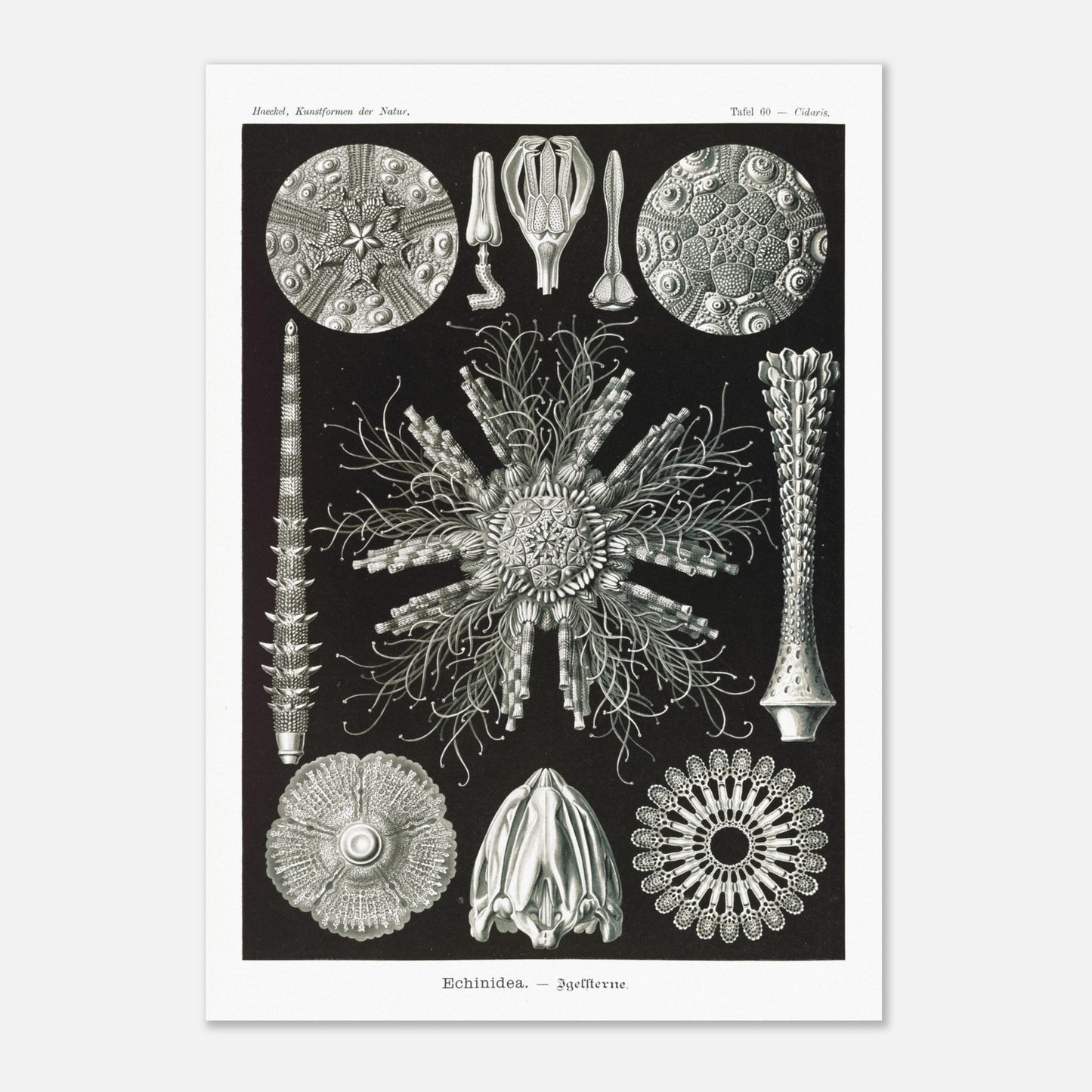
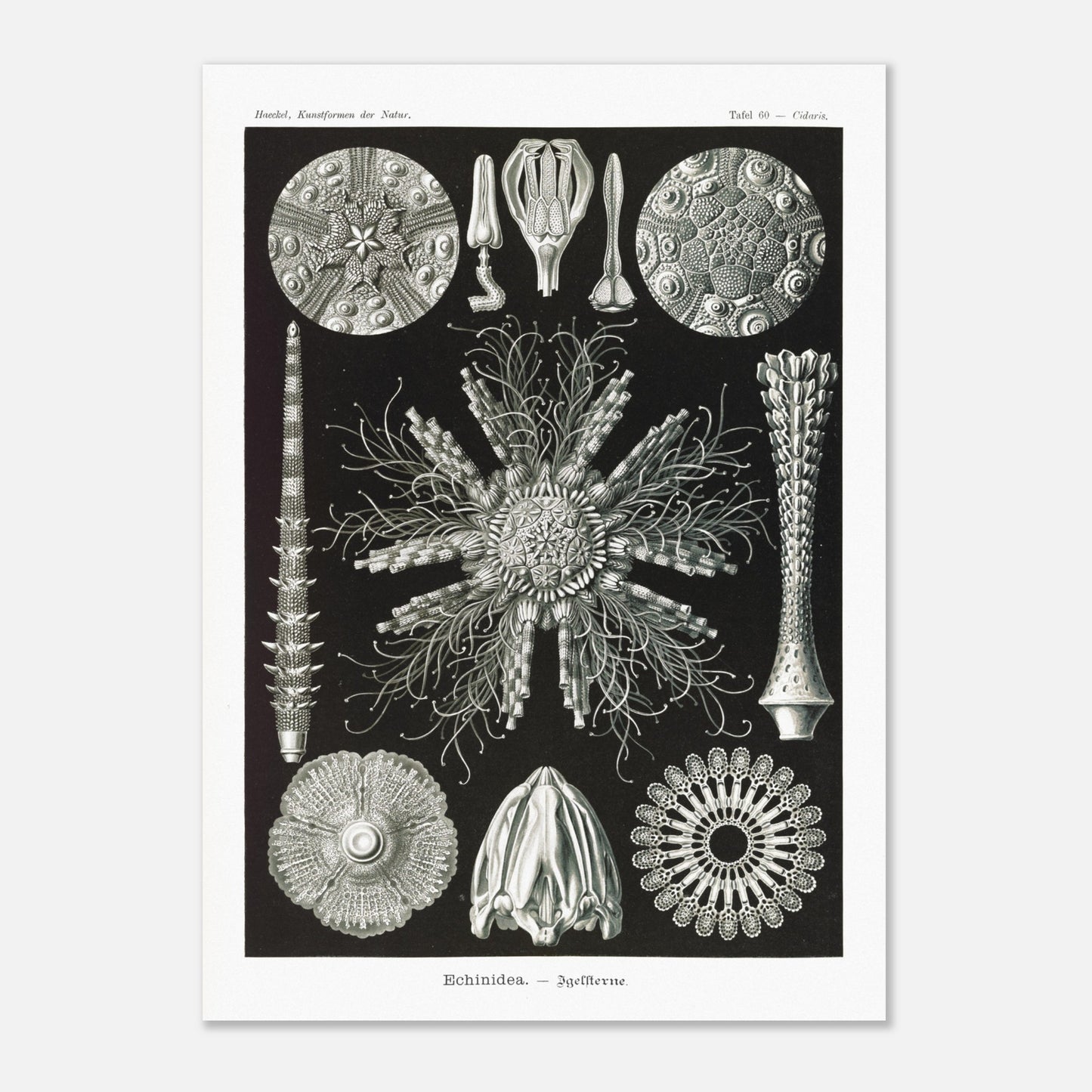
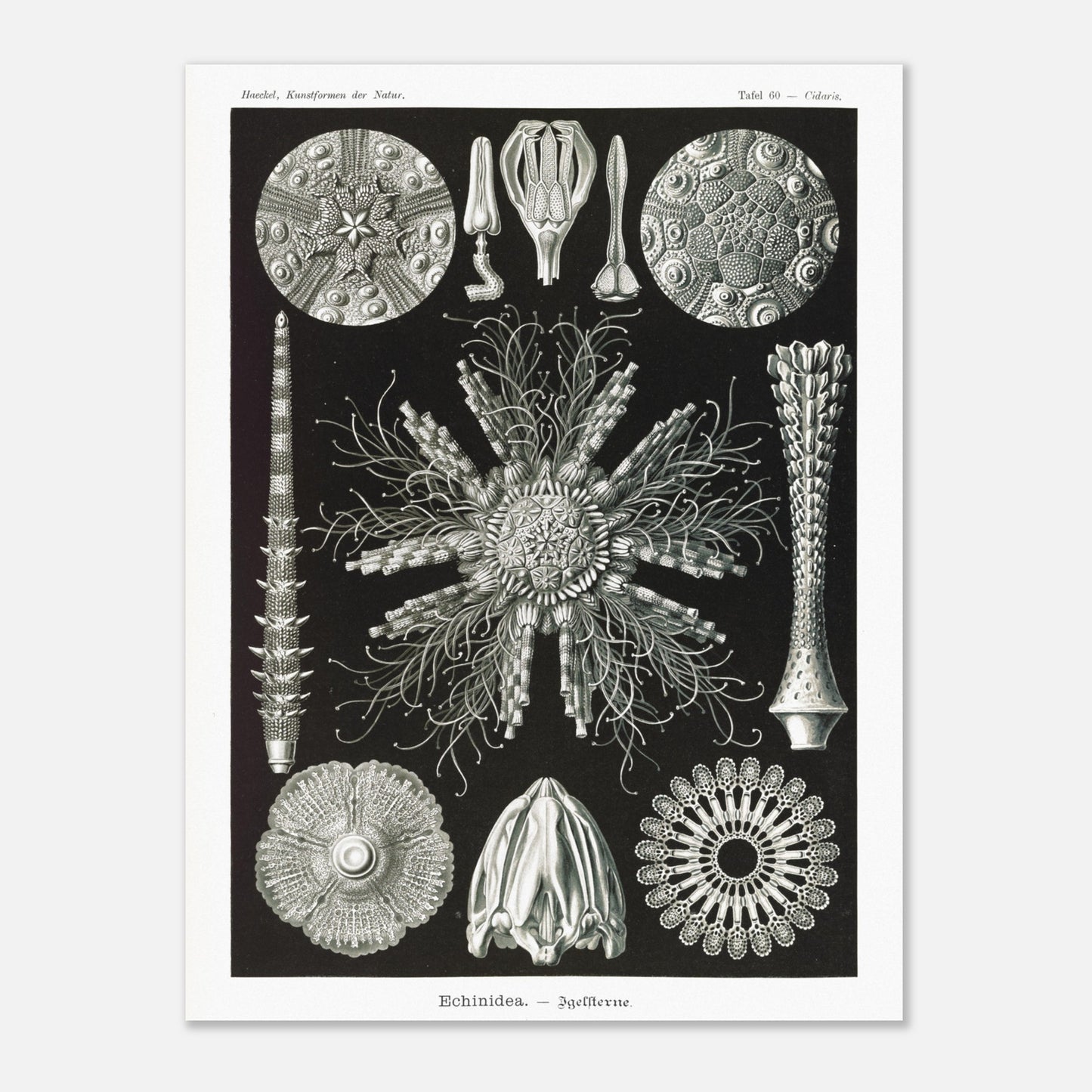
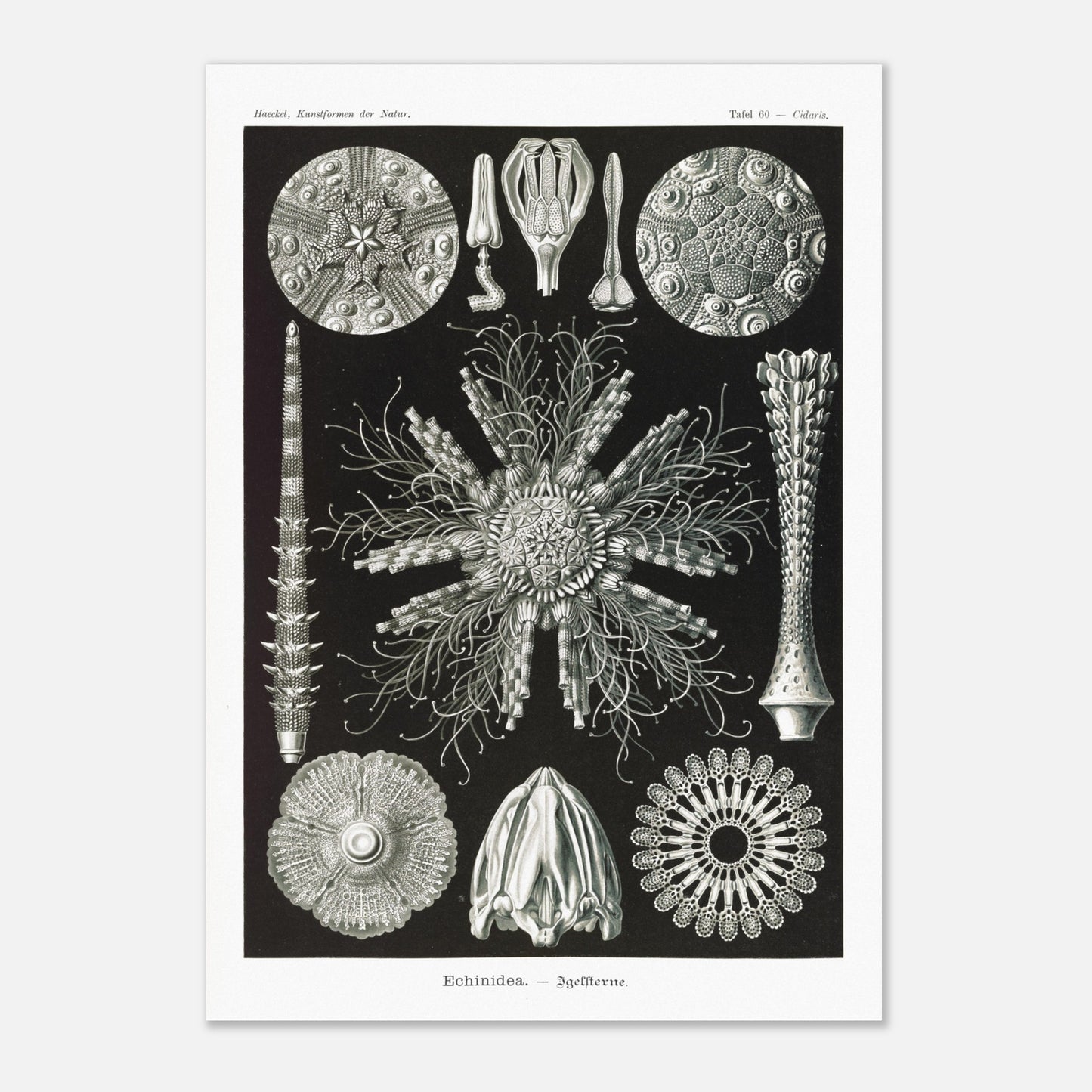
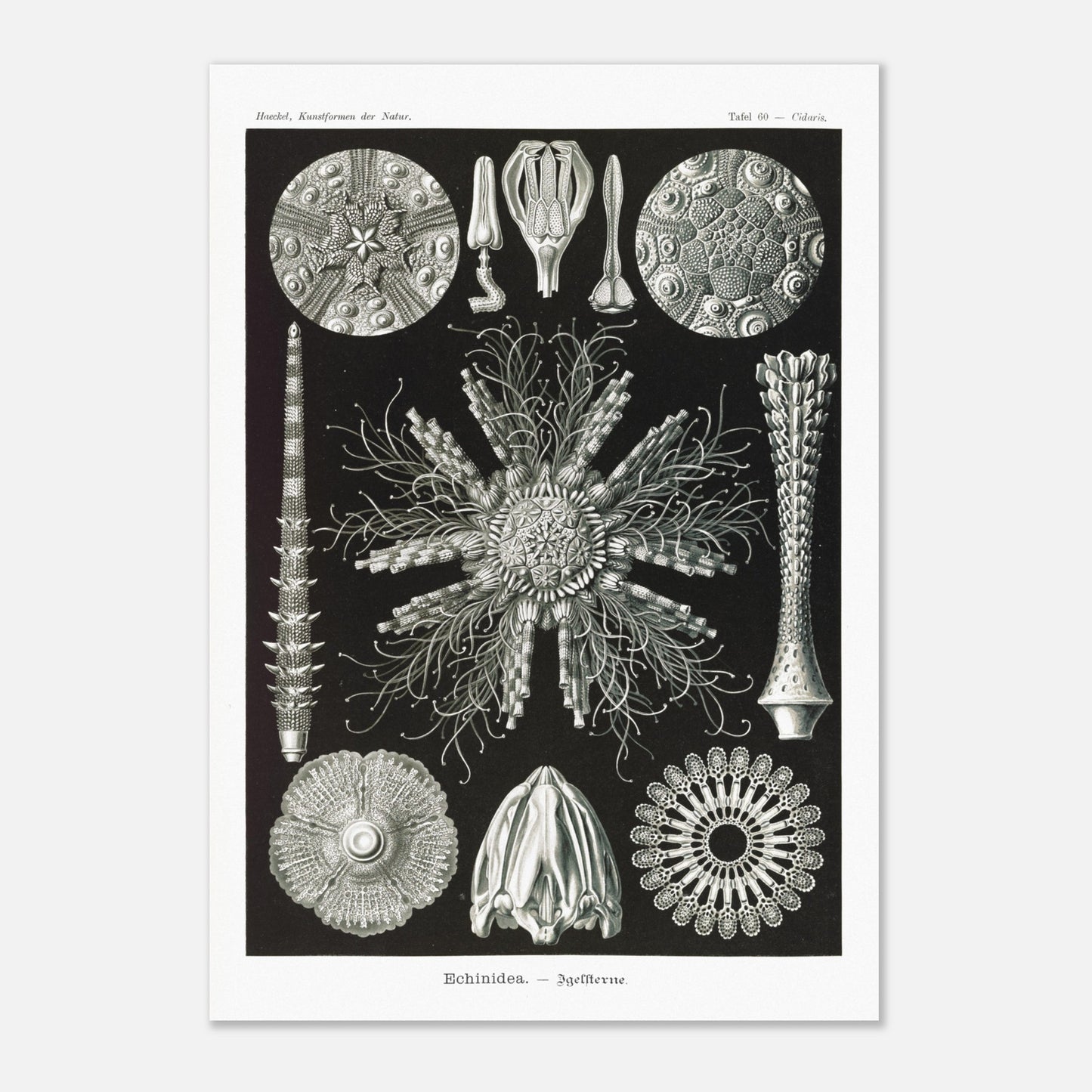
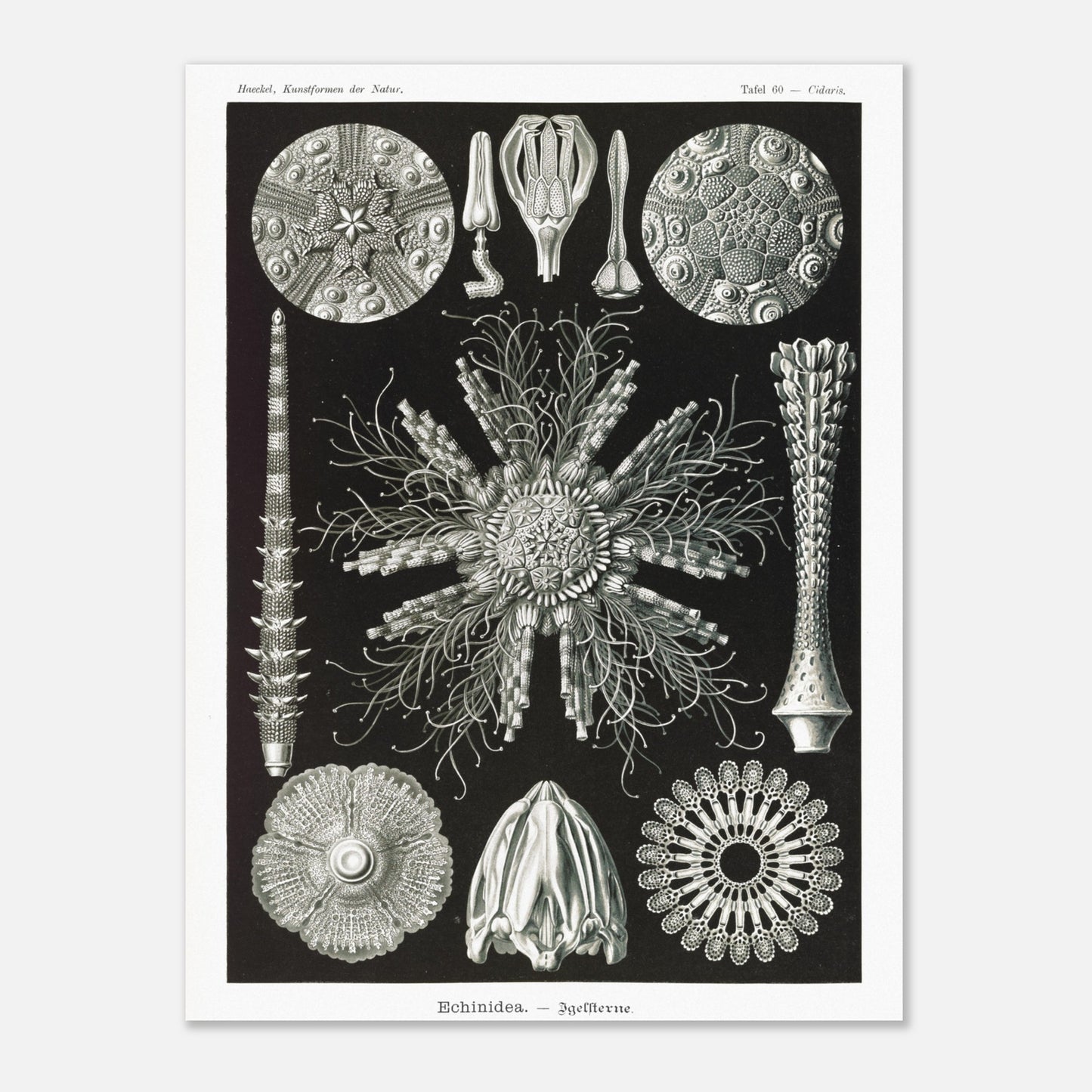
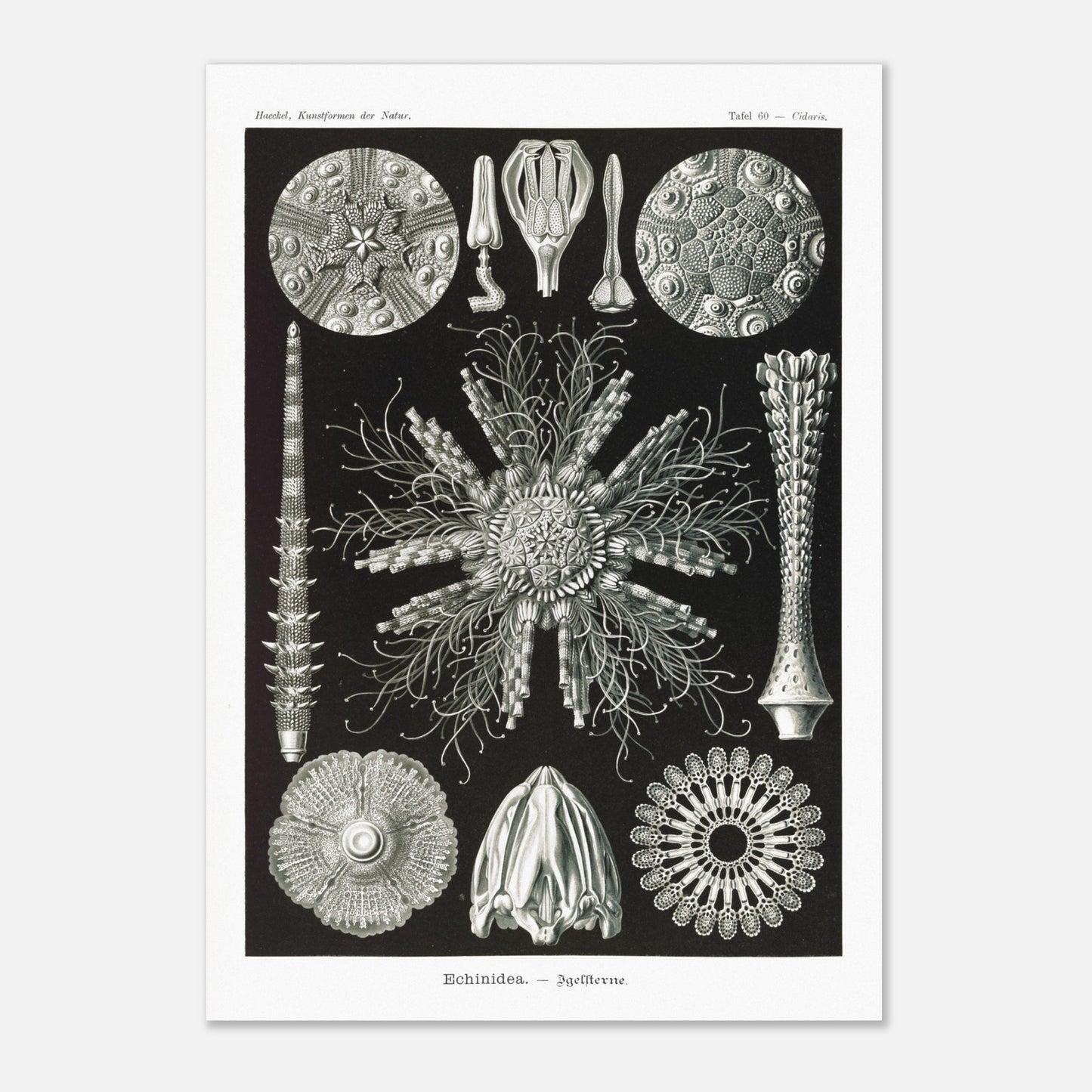
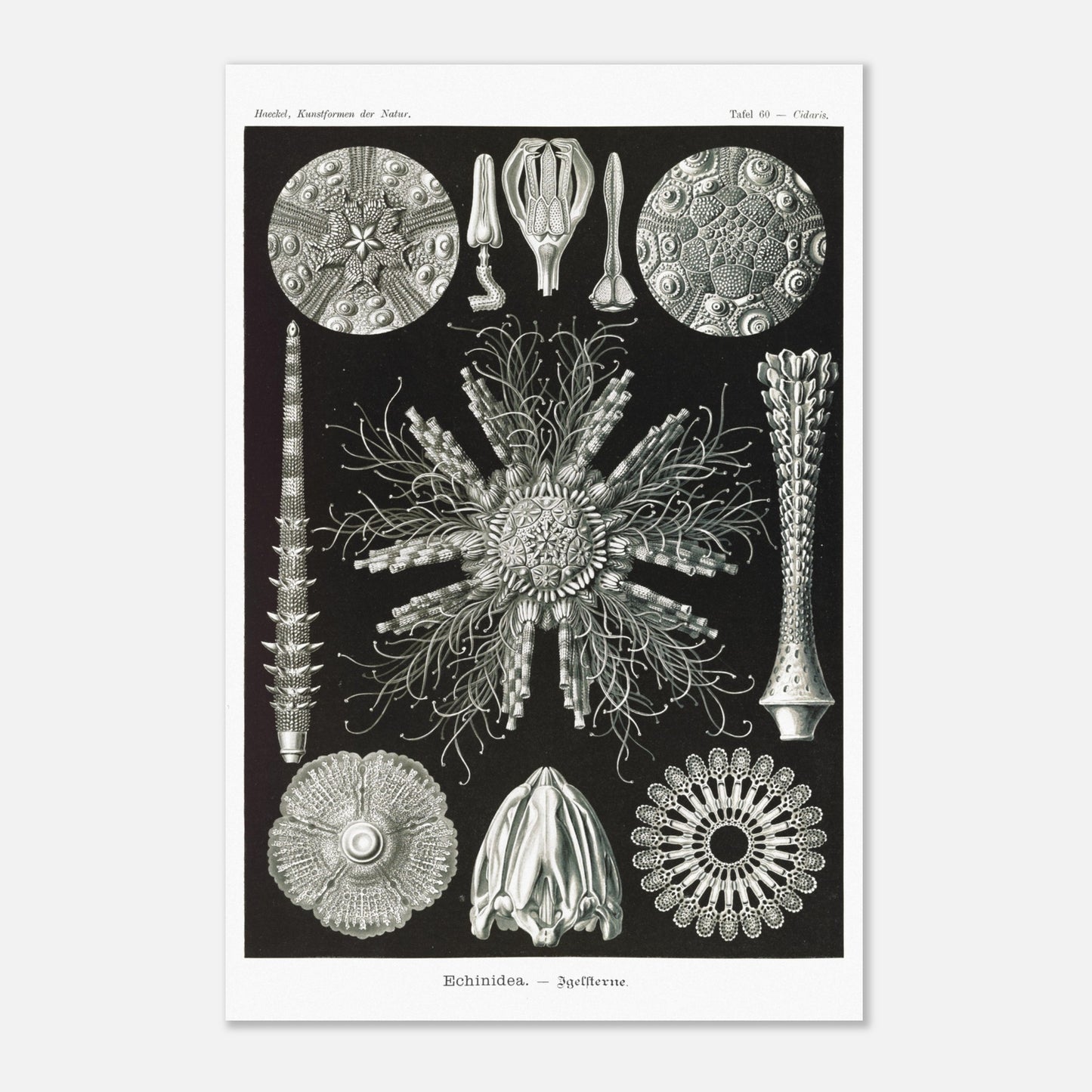
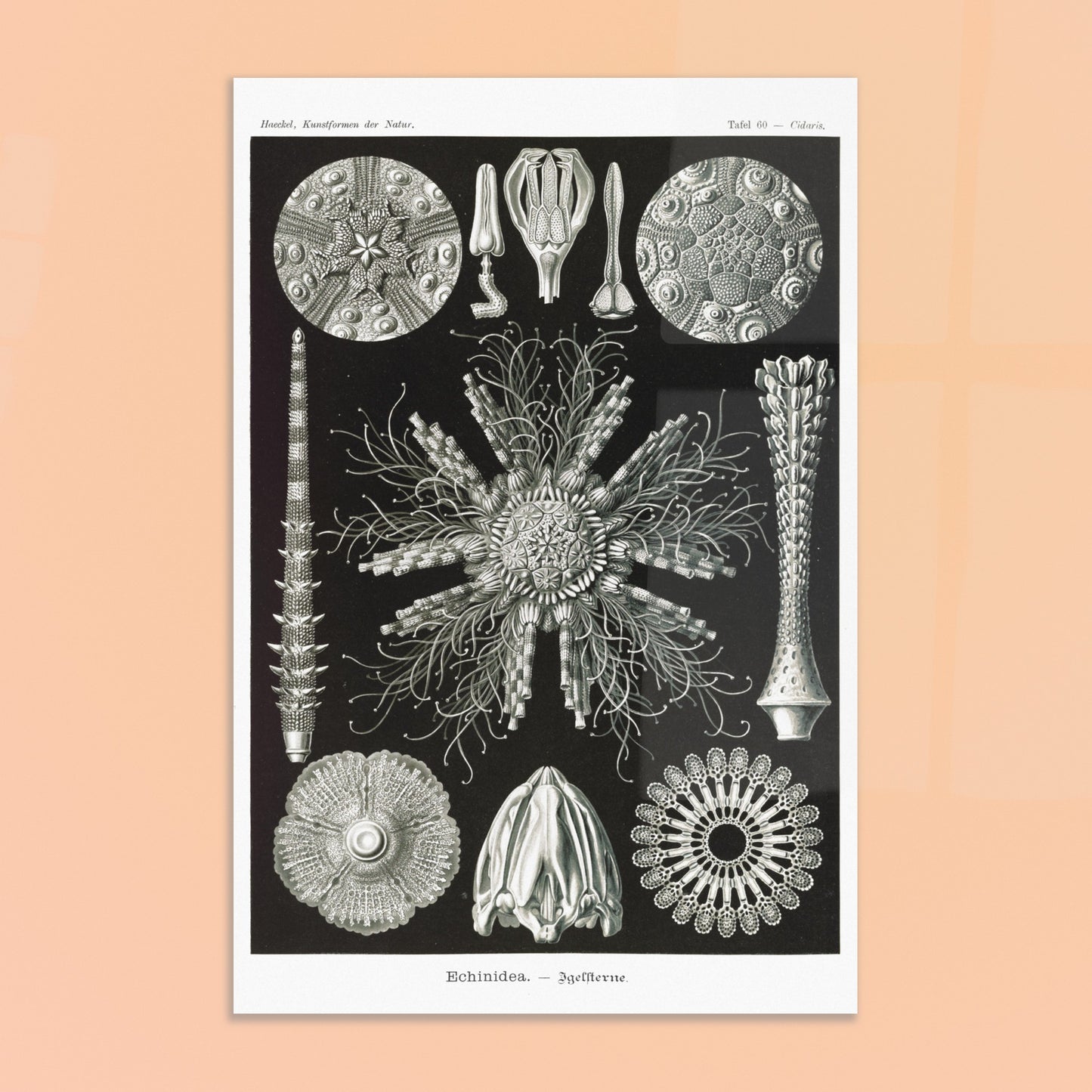
Recently viewed products
We are listening to you
If you are looking for a specific composition, a particular layout, or any other customization need, our team is at your disposal and will do everything possible to meet your requests.
So don't hesitate to...




